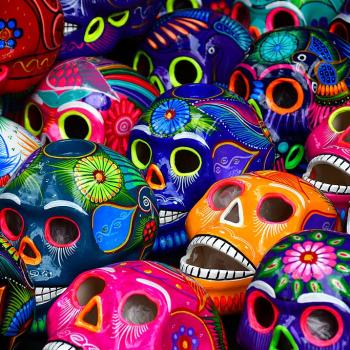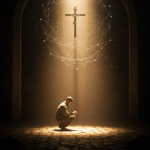DAUGHTERS OF IT’S-COMPLICATED:
In June of 1945, with memories of Nazi book-burning still vivid, a group called the Union of Orthodox Rabbis of the United States and Canada excommunicated Rabbi Mordecai M. Kaplan, after which they burned his newly published Sabbath Prayer Book. Although Kaplan is less known (and less read) today than his contemporaries Martin Buber and Abraham Joshua Heschel, he was in many ways the most radical Jewish philosopher or theologian of his era. So it is good to see that his first book, the influential “Judaism as a Civilization: Toward a Reconstruction of American-Jewish Life,” has just returned to print. Published by Rabbi Kaplan in 1934, it is a masterpiece of 20th-century Jewish thought.
[clipped]
A believer in gender equality long before the term political correctness became a cliché, Kapan in 1922 “invented” the modern-day bat mitzvah–in which 12-year-old girls (like their male counterparts, 13-year-old boys, at their bar mitzvahs) symbolically accept the religious responsibilities of adulthood—when, at Sabbath services one Saturday morning, he called his oldest daughter to the pulpit and had her read from the Torah scroll. Since then, of course, this then-unheard-of custom has become an accepted, even expected rite-of-passage among Jews in all but the Orthodox branch of the faith.
…Most controversial of all, he rejected the supernatural concept of God in favor of a naturalistic view of a transcendent power behind nature and within us that helps us aspire to the highest level of moral action and ethical behavior. Kaplan was no atheist (as his critics asserted), but his definition of God as “the power that makes for salvation” allows for a broader interpretation of the potential for goodness that lies within each individual.










